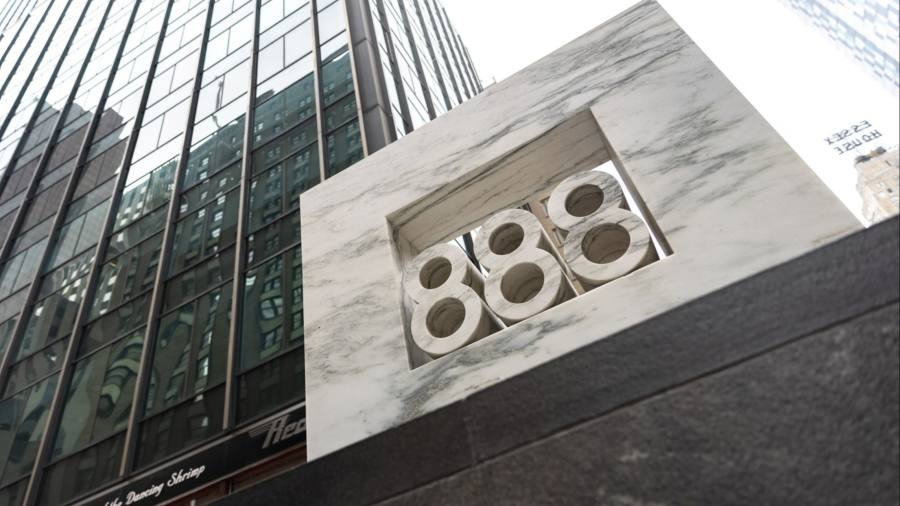Receive free Hedge funds updates
We’ll send you a myFT Daily Digest email rounding up the latest Hedge funds news every morning.
The world’s most powerful financial policymakers have singled out a group of hedge funds as a potential source of instability for financial markets, in a marked escalation of existing concerns about the impact of their bets on bonds.
The Financial Stability Board, comprised of the world’s top finance ministers, central bankers and regulators, on Wednesday warned that part of the hedge fund industry had “high synthetic leverage in general”.
The role played by hedge funds and other financial institutions such as asset managers and pension funds in bond markets has come under increased scrutiny since March 2020, when US government bond yields dramatically increased as demand evaporated.
The default of Archegos Capital Management in 2021 also underlined how leverage could cascade through markets and the banking system when the fund’s series of highly concentrated bets on share price moves soured.
Markets remained “vulnerable” to “further liquidity strains” from so-called non-bank financial institutions, the FSB noted. However, it added, “Within the hedge fund sector, there is a group of funds, typically pursuing macro and relative-value strategies, with very high levels of synthetic leverage,” without naming any institutions.
Synthetic leverage is used to boost returns or hedge positions and created using derivatives or other complex financial instruments, which are often held off balance sheets. Regulators find it more problematic to evaluate than outright borrowing because it is more difficult to measure institutions’ exposures and liabilities can rise quickly.
Macro hedge funds take bets on direction of assets or interest rates. Relative-value ones aim to exploit market inefficiencies such as the difference between the price of futures contracts and the underlying asset.
Last year hedge funds’ leveraged bets on bonds were blamed for exacerbating another spate of turmoil in US Treasuries, prompting Securities and Exchange Commission chair Gary Gensler to tell the Financial Times that funds should face higher scrutiny.
Still, even as regulators threatened greater oversight, exposures continued to grow in some areas of the market. A paper published by the Federal Reserve last week showed that hedge funds’ notional short positions in five- and 10-year US Treasuries were above all-time highs as of May 9.
The FSB added that hedge funds could also have “hidden leverage” because they typically borrow from several prime brokers to increase the size of their bets. “Furthermore, a few prime brokers dominate the provision of lending to hedge funds, and this concentration could amplify shocks and propagate them through the financial system,” the FSB added.
An executive at a firm that specialises in similar trades argued that hedge funds have “overfished” in the market, and warned that regulatory caps on the amount of leverage these funds can access through the repo market will be next.
The FSB has already begun work on leverage in non-banks and on Wednesday said the area would be a “key area of policy focus in 2024”.
It wants to address “the most salient data gaps” on the exposures of non-bank financial institutions, potentially by pulling in information from trade repositories and from the banks providing them with leverage.
It also wants measures to contain “excessive leverage behaviour”, which could include higher requirements for haircuts and margins on derivatives and securities financing transactions, as well as “measures to enhance prime brokers’ risk management and improve the liquidity preparedness of non-bank investors”.
Read the full article here



